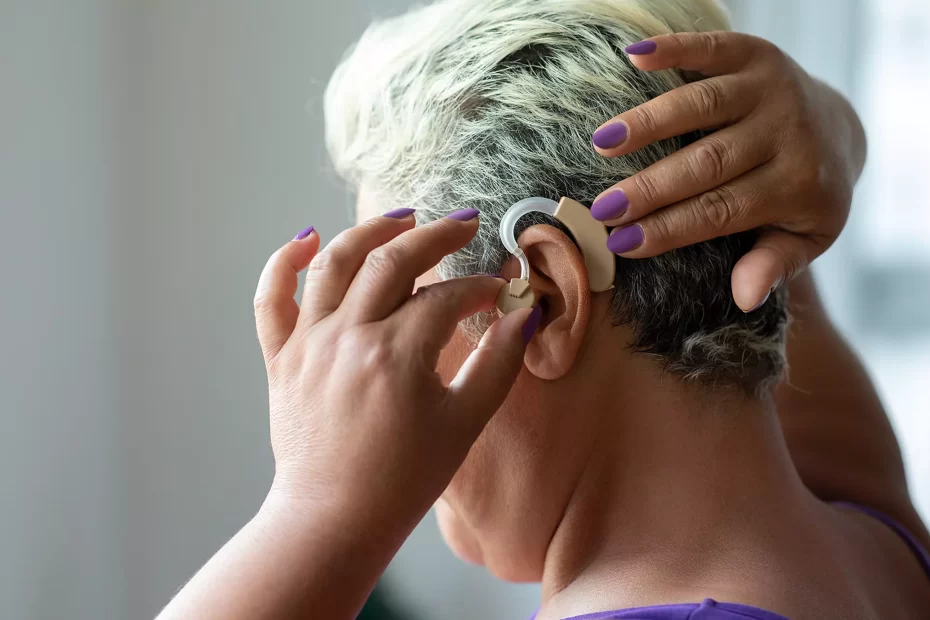Impacted earwax, also known as cerumen impaction, occurs when earwax accumulates in the ear canal and becomes difficult to remove naturally. Here’s an overview of the causes, symptoms, and treatments:
Causes:
- Overproduction of Earwax: Some individuals naturally produce more earwax than others.
- Narrow or Abnormal Ear Canal Shape: Certain anatomical features can make it easier for earwax to become impacted.
- Using Q-tips or other Objects: Inserting objects like Q-tips into the ear canal can push earwax deeper, leading to impaction.
- Hearing Aid Use: Hearing aids can interfere with the natural migration of earwax, causing it to accumulate.
Symptoms:
- Earache: Pain or discomfort in the affected ear.
- Decreased Hearing: Impacted earwax can block the ear canal, leading to temporary hearing loss.
- Tinnitus: Ringing or buzzing noises in the ear.
- Itching: Sensation of itchiness in the ear canal.
- Feeling of Fullness: The affected ear may feel clogged or full.
Treatments:
- Ear Drops: Over-the-counter ear drops can help soften the earwax, making it easier to remove.
- Irrigation: A healthcare professional can use a syringe or a special irrigator to flush out the impacted earwax with warm water.
- Manual Removal: In some cases, a healthcare provider may manually remove the earwax using special tools like a curette or suction device.
- Microsuction: This procedure involves using a microscope and a gentle suction device to remove the earwax safely.
- Earwax Softening Agents: Certain oils or drops can be used to soften the earwax over several days, making it easier to remove.
It’s important to avoid attempting to remove impacted earwax at home using objects like Q-tips, as this can push the wax deeper into the ear canal and potentially cause injury. If you suspect you have impacted earwax or are experiencing symptoms, it’s best to consult a healthcare professional for proper evaluation and treatment.
